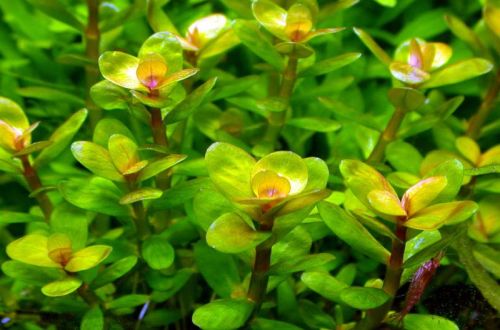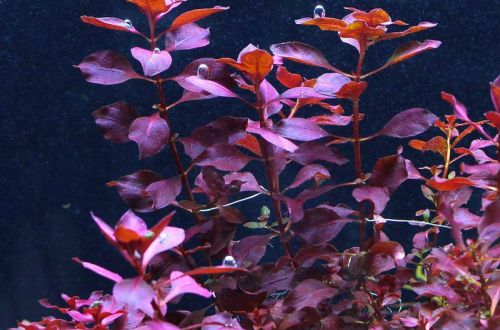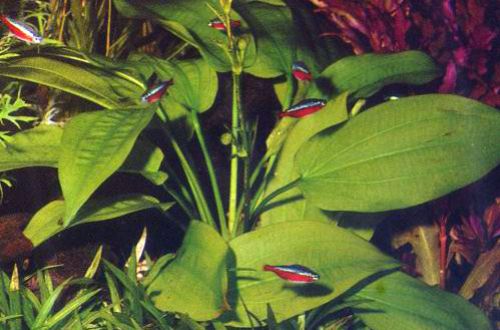
Rotala Indian
Rotala Indian, scientific name Rotala Indica. In nature, it is widely distributed in the warm regions of Asia in shallow water in reservoirs with stagnant, weakly flowing water. It is considered a weed in rice fields. Together with the agricultural crop of rice, it spread to other continents.

There is some confusion regarding the use of the name “Indian Rotala” in the aquarium trade. For a long time, since the 1960s, it has been used in relation to Rotala rotundifolia. While the true Rotala Indica has only appeared in aquariums since 2009 and was erroneously referred to as Ammannia sp. Bonsai. The error was discovered and corrected only in 2013.
Under water, the plant forms an upright stem with ovoid leaves 0.5–1.7 cm long, arranged in pairs on each whorl. In intense light, the upper young leaves may acquire reddish hues.
In the surface position, the leaves retain their shape, but noticeably thicken and acquire a glossy surface. The distance between whorls increases. In favorable conditions, flowers appear in the axils of the leaves.
Indian Rotala is demanding on the mineral composition of the soil, so it is recommended to use special aquarium soil. Due to strictly vertical growth, it looks most harmoniously in groups of several sprouts, rather than singly. Can be used in different parts of the aquarium provided there is sufficient lighting.





